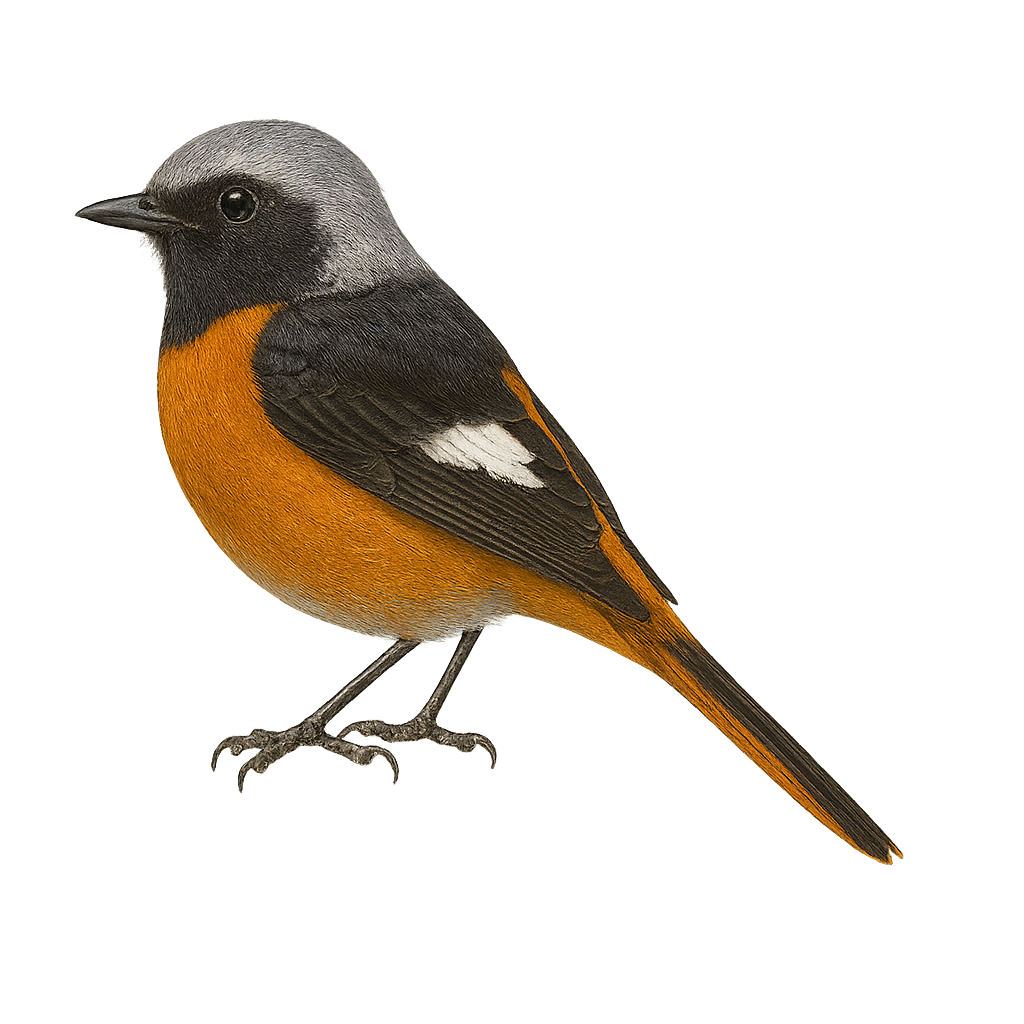Your wildlife photography guide.
Explore the daurian redstart in detail, study its behavior, prepare your shots.
Where to observe and photograph the daurian redstart in the wild
Learn where and when to spot the daurian redstart in the wild, how to identify the species based on distinctive features, and what natural environments it inhabits. The WildlifePhotographer app offers tailored photography tips that reflect the daurian redstart’s behavior, helping you capture better wildlife images. Explore the full species profile for key information including description, habitat, active periods, and approach techniques.
Daurian Redstart
Scientific name: Phoenicurus auroreus

IUCN Status: Least Concern
Family: MUSCICAPIDAE
Group: Birds
Sensitivity to human approach: Suspicious
Minimum approach distance: 10 m
Courtship display: April to June
Incubation: 12-14 jours
Hatchings: May to July
Habitat:
Forests, parks, gardens
Activity period :
Primarily active during the day, with peak activity in the morning and late afternoon.
Identification and description:
The Daurian Redstart, or Phoenicurus auroreus, is a small passerine bird belonging to the Muscicapidae family. It is easily identifiable by its distinctive plumage: the male sports a black head with a white forehead patch, a gray back, and a bright orange chest, while the female displays more subdued shades of brown and orange. This small bird is often seen in forests, parks, and gardens across East Asia, particularly in China, Korea, and Japan. Known for its melodious song, it adapts well to various habitats, including urban areas. As a partial migrant, it moves southward during winter months to escape cold temperatures.
Recommended lens:
400 mm – adjust based on distance, desired framing (portrait or habitat), and approach conditions.
Photography tips:
To photograph the Daurian Redstart, it's advisable to use a 400mm lens or longer to capture precise details without disturbing the bird. Look for areas where these birds are active, such as parks or gardens, and be patient. Morning is often the best time to observe them, as they are more active at this hour. Use a tripod to stabilize your camera and adjust the settings to achieve good exposure, especially if shooting in low-light conditions.
The WildlifePhotographer App is coming soon!
Be the first to explore the best nature spots, track rutting seasons, log your observations, and observe more wildlife.
Already 1 430 wildlife lovers subscribed worldwide

